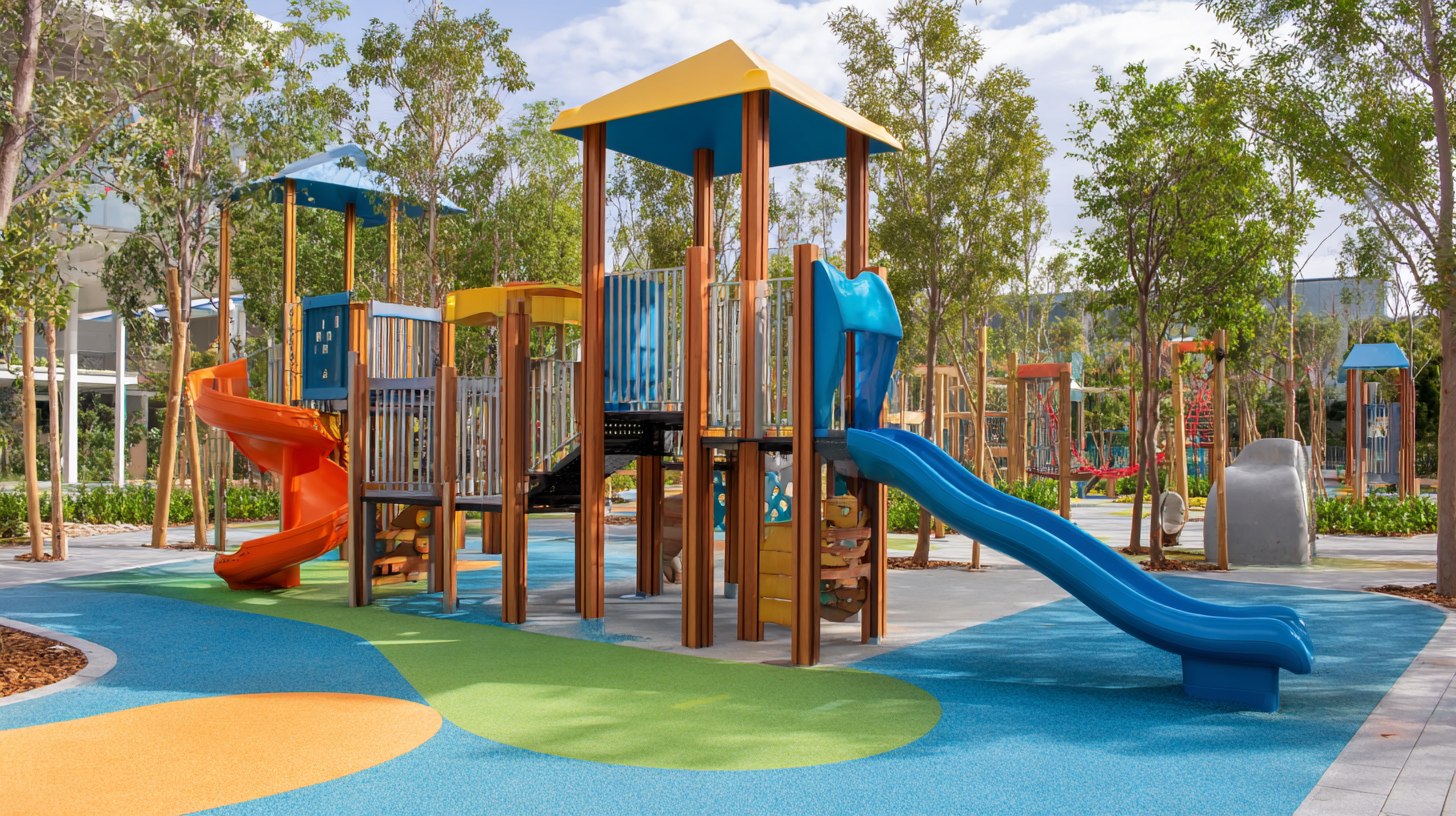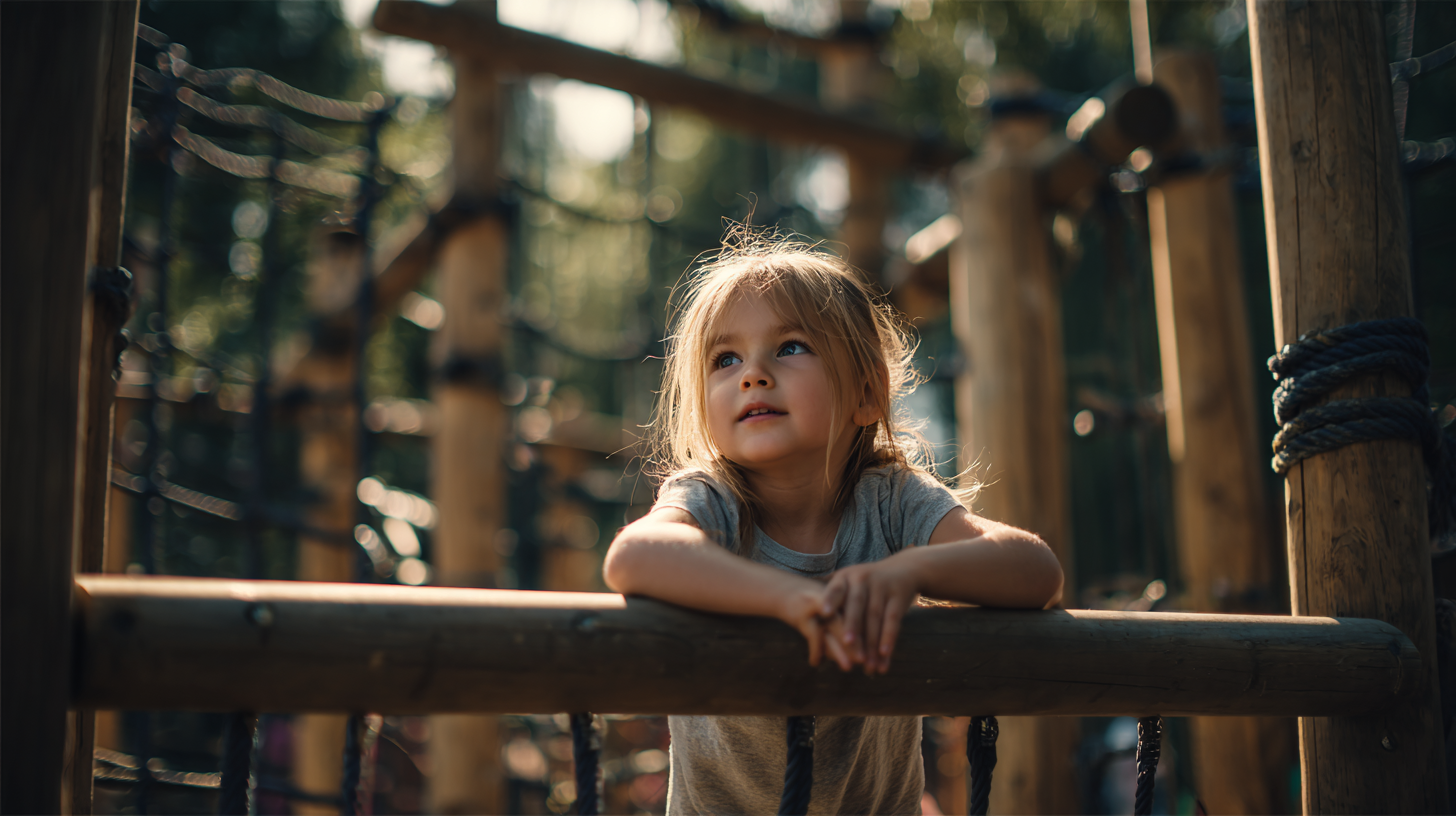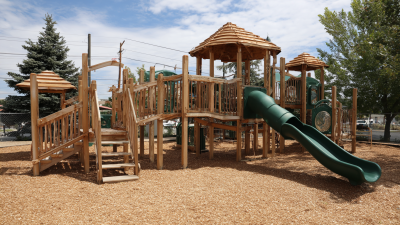 +86-13901441113
+86-13901441113




Creating a top playground experience for kids is crucial for their physical and emotional development. According to the National Recreation and Park Association, children require at least 60 minutes of active play each day to maintain healthy growth and development.

Playgrounds are integral to this activity, as they provide a safe and stimulating environment for children to engage in physical play, socialize with peers, and explore their creativity. A study by the American Academy of Pediatrics highlights that high-quality playgrounds contribute significantly to reducing childhood obesity, fostering social skills, and enhancing overall well-being.
As the demand for engaging and safe play environments continues to grow, understanding the key elements that constitute a top playground becomes paramount.
This guide will explore how to create an inviting and effective playground experience that caters to the diverse needs of children today.
Playgrounds hold a pivotal role in child development, serving as essential spaces for physical, social, and emotional growth. Through play, children engage in critical learning experiences that help them develop motor skills, coordination, and strength. Activities such as climbing, swinging, and running foster not only physical fitness but also enhance confidence as children learn to navigate challenges. The thrill of conquering a climbing structure or mastering the swing instills a sense of achievement, encouraging a lifelong appreciation for physical activity.
Beyond physical development, playgrounds are vital for social interaction and emotional well-being. These spaces provide opportunities for children to collaborate, share, and negotiate, fostering essential social skills such as communication and teamwork. In a playground setting, children learn to understand and respect boundaries, navigate conflicts, and build friendships. Furthermore, the variety of activities encourages imaginative play, which is crucial for cognitive development. In essence, a well-designed playground serves not just as a recreational area but as a foundational environment where children can explore, learn, and grow holistically.
Creating a safe and engaging playground experience for kids is essential for their development and happiness. Key elements of playground design focus on safety, accessibility, and stimulating play options. Safety should always be the priority; using impact-absorbing materials like rubber or mulch can significantly reduce the risk of injury. Additionally, ensure that all equipment is age-appropriate and meets safety standards. Regular inspections of the playground can help identify any worn-out or dangerous items that require attention.
Tips for enhancing the playground experience include incorporating a variety of play structures that encourage both physical and imaginative play. Consider features such as climbing walls, slides, and swings to cater to different interests. Moreover, incorporating natural elements like trees and gardens can create an inviting atmosphere that stimulates exploration. Always include shaded areas where children can rest and hydrate, promoting a healthier and more enjoyable playtime.
Lastly, accessibility is crucial. Ensure that pathways are wide and smooth enough for kids with disabilities, and include inclusive play equipment. Providing sensory play areas can also cater to children with different needs, ensuring that every child can enjoy a rich and fulfilling playground experience.
Incorporating innovative technologies into playground design can transform traditional play environments into dynamic and interactive experiences for children. By leveraging advancements such as augmented reality (AR) and smart play equipment, playgrounds can engage kids in ways that stimulate their creativity and promote physical activity.
 For example, AR can create immersive scavenger hunts or educational games that overlay digital elements onto the real world, encouraging children to explore and learn while they play.
For example, AR can create immersive scavenger hunts or educational games that overlay digital elements onto the real world, encouraging children to explore and learn while they play.
Furthermore, interactive play structures equipped with sensors and digital interfaces can provide immediate feedback and customizable challenges. This technology allows children to not only enjoy physical play but also engage in problem-solving and teamwork as they navigate through various activities. Playgrounds that incorporate these interactive elements cater to diverse interests and developmental needs, making every visit a unique adventure.
By embracing these innovative technologies, playgrounds can become vibrant hubs of learning and enjoyment, fostering social skills and encouraging children to connect with one another in an ever-evolving play landscape.
Creating inclusive play areas for all children is essential for fostering a sense of belonging and promoting social interaction among diverse groups. According to the National Center for Inclusive Education, over 7 million children in the United States live with disabilities, making it crucial to design playgrounds that are accessible and enjoyable for everyone. Inclusive design not only benefits children with disabilities but also enriches the play experience for all kids by encouraging cooperation, creativity, and empathy.
Tip 1: Incorporate adaptive equipment, such as wheelchair-accessible swings and sensory play panels, to ensure children with varying abilities can engage equally. Research shows that children with disabilities who play alongside their peers develop better social skills and increased confidence.
Creating designated sensory areas can also be beneficial. For instance, environments featuring textures, sounds, and movement help stimulate children with sensory processing issues and engage their curiosity. A report from the International Playground Equipment Manufacturers Association highlights that sensory-rich play areas can enhance cognitive development in children, demonstrating the importance of these features in fostering a comprehensive learning experience.
Tip 2: Ensure that paths and structures are navigable for all children, including those who use mobility aids. Utilizing materials that provide stability for those with different physical abilities will promote independent play and inclusivity. Implementing these strategies can lead to more harmonious interactions among children, enabling them to thrive in a supportive and fun atmosphere.
Involving parents and kids in playground planning is crucial for creating facilities that truly meet the needs of the community. According to a report by the National Recreation and Park Association (NRPA), communities with higher parent engagement in park planning see an increase in playground usage by up to 40%. Parents provide invaluable insights about the needs and preferences of their children, ensuring that the playground designs reflect what children crave in terms of play experiences. This collaborative approach not only empowers families but also fosters a sense of ownership and connection to the community.

Moreover, engaging children in the planning process can lead to more innovative and dynamic playground designs. A study published in the Journal of Playwork Practice highlights that when children participate in design workshops, their ideas often result in play areas that incorporate diverse and imaginative elements, such as climbing structures, sensory pathways, and interactive installations. By valuing children's voices, planners can create environments that are not only fun but also contribute to physical and cognitive development, addressing the aim of promoting active lifestyles among youths. Ultimately, a community-centered approach ensures that playgrounds are not just facilities, but vibrant social hubs where families gather and children thrive.





